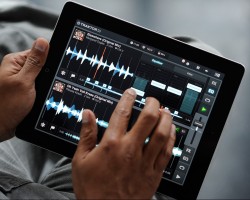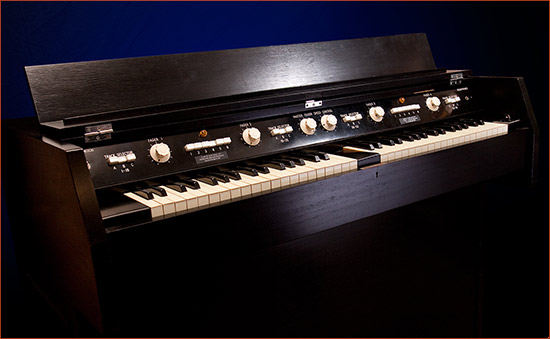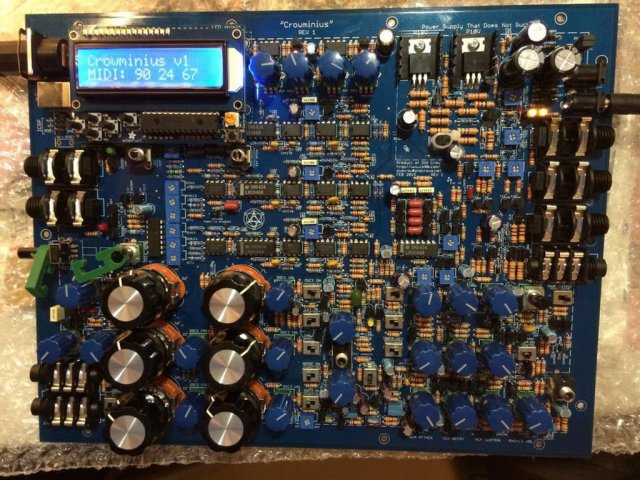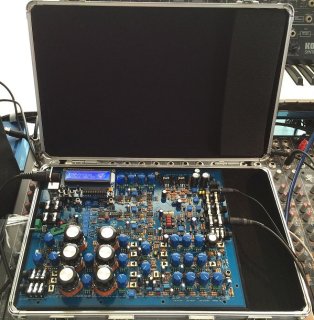Native Instrument Stems FAQ
What is a Stem file?
A Stem file is an audio file that contains a track split into four musical elements: A drums stem, a bass line stem, a harmony stem, and a lead stem for example.
What makes Stems an ‘Open file format’?
The Stem format is open because all details on how to make Stem files and how to play them will be publicly available. Anyone can create Stems without paying licensing fees for creation, distribution, or use.
How can DJs benefit from playing with Stems?
Stems expand DJ mixing and performance possibilities by allowing you to mix with isolated parts of a track such as the vocals, or by applying effects to specific parts of the song. This can make DJ sets stand out.
I’m a DJ but I also produce my own tracks. Why should I use Stems?
You can export your tracks as Stems and play them in a DJ setting with full control over individual parts of your track. This gives any producer-DJ a hands-on, flexible way of playing live that’s exciting for the crowd to watch.
I work for a label or an online music retailer. How can I benefi t from distributing Stems?
You can sell Stems at a premium price and create new revenue streams for your business.
What are the benefits of the Stem file format for music software and hardware companies?
You can create new exciting products that will help redefi ne music performance for DJs, producers, and live artists.
Where can I buy music in Stem format?
The open file format means that anyone can sell music in Stem format. Online music retailers Beatport, Juno, and Traxsource will offer music in Stem format starting June 2015. Following the launch, more retailers will begin supporting
the Stem format.
Can I create a Stem file myself?
Yes you can – the technology is free for everyone to use. The official Stems website will include a step-by-step guide on how to create Stem files.
How many individual stems are included in a Stem file?
The Stem file format contains four stem tracks.
How do I create or edit metadata in a Stem file?
You can create and edit the metadata of a Stem file using any ID3-enabled software, like iTunes for example. The Stem Creator Tool will also offer this feature. However, it will initially be the only tool to allow editing the name of each individual stem track as ‘Drums’ or ’Synths’ for example.
Are there any best practices on how to create a Stem file?
A document outlining best practices for instrument grouping, order, names, colors, and mastering techniques will be available from the offi cial Stems website.
Will I be able to play a Stem file in my audio player?
Yes. A Stem file will play as a normal audio track in any player that supports the mp4 format and follows the mp4 specs. This means you will hear the full track, but not have control over the individual stem parts. To listen and play with the individual parts, you’ll need software or hardware that supports the Stem format.
Which software currently supports Stems?
Traktor Pro 2 (version 2.7.4 or later) will allow you to load and play with individual stem parts. Other software companies can integrate the Stem format into their software and hardware once Stems is publicly released in June 2015. All relevant
information and resources for developers and musicians will be available on the Stems website.
Can Pioneer CDJs play Stems?
If the CDJ model supports the mp4 format, it will play back a Stem file as a normal audio track.
Can I create Stems from my DAW?
Any DAW allows you to export grouped tracks such as a mixdown of just the drums, the bassline, harmonic elements, and lead sounds plus effects. Once these four files are processed by the free Stem Creator Tool application, these become a Stem file. Any DAW developer can implement additional Stem features into their software.
I am a developer. What do I need to do to make Stem authoring and playback possible for my software and hardware?
All the necessary information to implement Stem functionalities in soft- or hardware is documented and will be publicly available on the Stems website.
What will the file extension be?
Stem files will carry a .stem.mp4 extension. For example: filename.stem.mp4
Can I decode a Stem file into another format like mp3?
No, mp3 does not support multi-channel audio as required by the Stem format.







